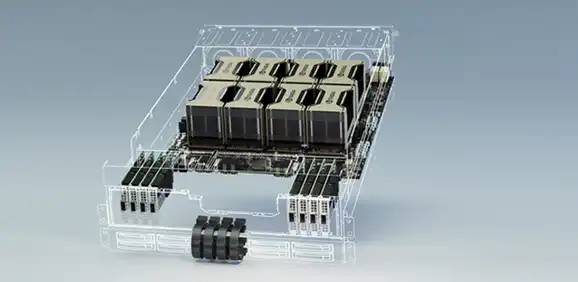
Introduction
Rendering is an important process in producing images and videos using 3D data. This process converts 3D models into 2D images to make them appear realistic to the human eye. Rendering is used in various industries, such as game development, film and animation, and even in engineering fields like architecture.
GPU servers, equipped with a high number of graphic processing units (GPUs), image coordinates, and graphic memory, enable rendering at very high speeds. Below, we explore some key features of GPU rendering servers.
What is a GPU Rendering Server and What Are Its Uses?
What is a GPU Rendering Server?
A GPU server is a server that uses a Graphics Processing Unit (GPU) instead of a Central Processing Unit (CPU) for computations. These servers are known as “virtual servers” because they have the ability to run multiple virtual machines (VMs) using the high computational power of GPUs.
In fields like deep learning, advanced scientific computations, scientific simulations, big data analysis, and complex graphical rendering, using GPU servers greatly increases speed and efficiency. GPU servers provide high concurrency for parallel computations, allowing researchers and developers in various fields to achieve results more quickly.

Rendering Server
What Are the Benefits of Purchasing a GPU Rendering Server?
Purchasing a GPU rendering server, as an investment for studios, graphic specialists, and digital content creators, can offer significant benefits. Below are some of these advantages: